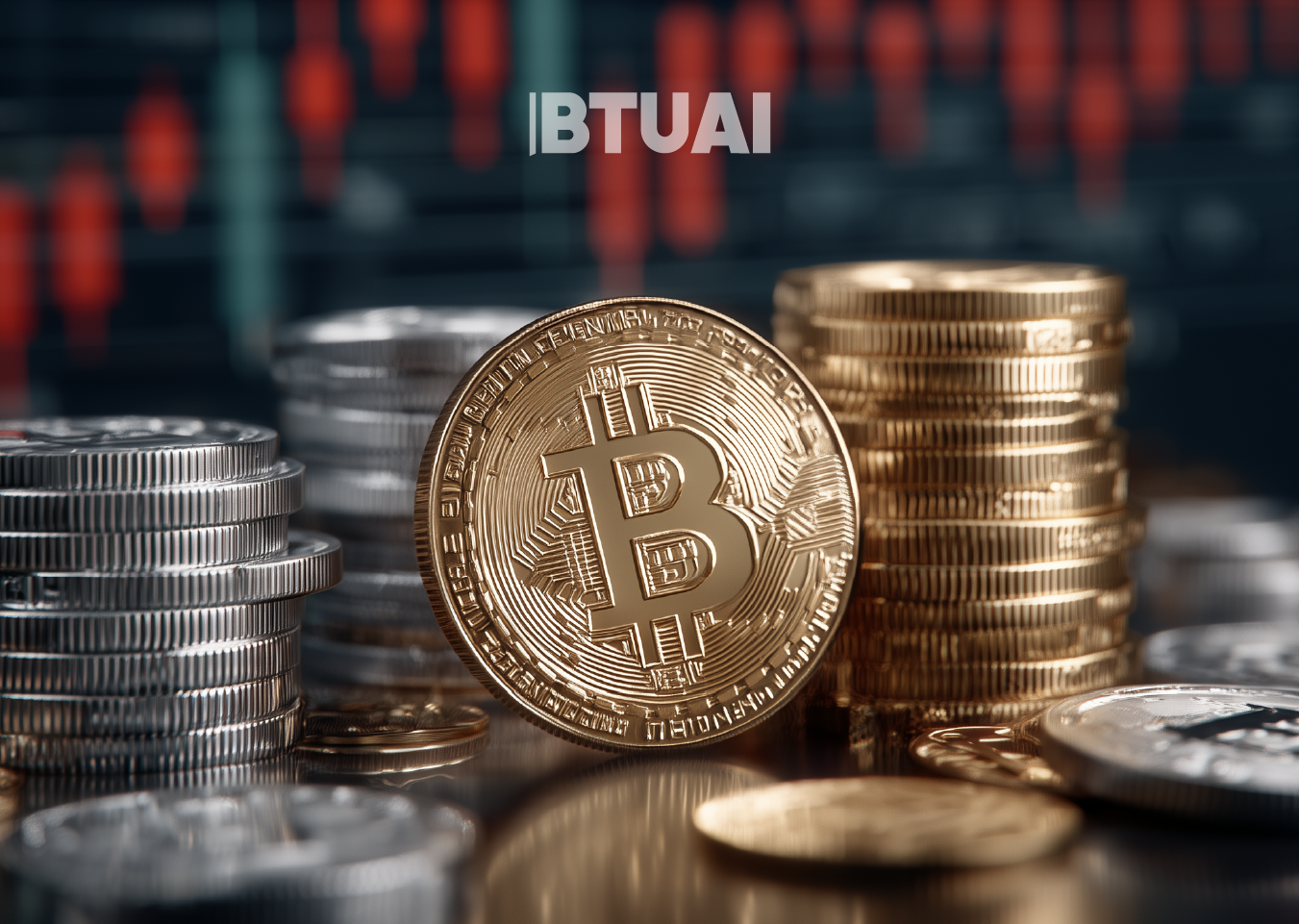How Georgia Became a Global Crypto Energy Epicenter
In 2025, Georgia has firmly established itself as a critical point on the global cryptocurrency map. The country’s crypto

In 2025, Georgia has firmly established itself as a critical point on the global cryptocurrency map. The country’s crypto mining sector has reached unprecedented levels—surpassing even major industrial sectors such as steel production and Georgian Railways in terms of electricity consumption.
This trend is directly tied to the sharp surge in Bitcoin’s value, which recently exceeded $95,000—a figure that hovers near its historical all-time high. This price spike reignited global interest in crypto mining and positioned Georgia as one of the most active players in this space.
According to statistics from the Georgian National Energy and Water Supply Regulatory Commission (GNERC), crypto mining companies operating in Georgia consumed a total of 187 million kilowatt-hours of electricity in the first quarter of 2025. This figure is 7.5 times higher than the same period last year, signaling exponential growth in the sector.
The top consumer of electricity in the crypto sector is AI Tech Solution, operating out of the former Bitfury data center in Gldani, Tbilisi, with 61.9 million kWh consumed. Close behind is TFZ Service, which used 55.9 million kWh. Although TFZ Service is not directly involved in mining, it supplies electricity to other mining operators, effectively serving as an energy distributor within Georgia’s technoparks.
What makes these cases particularly interesting is that both companies are registered in Georgia’s designated Technology and Innovation Zones (TIZs). These zones offer tax incentives, including VAT exemptions on electricity supply. The comparatively low cost of mining operations in Georgia, due to these incentives, continues to attract both domestic and foreign mining firms.
In 2024, the country also saw a dramatic rise in server hardware imports, reaching USD 115 million—well above the average of USD 30 million from previous years. This signals that not only is the volume of mining expanding, but the sector’s infrastructure is growing stronger. More servers mean higher hash rates, greater output, and increased competitiveness in the global mining ecosystem.
Other notable players in the sector include Texprint Corporation (37.2 million kWh), iTild (24.6 million kWh), and Data Hub (7.2 million kWh), all of which also operate within TIZs. Their presence further underscores the strategic importance of these zones in cultivating Georgia’s next-generation technology industries.
However, the explosive growth of the crypto mining sector also raises critical concerns about energy sustainability. In a small country like Georgia—one not fully energy-independent—mining on this scale could pose risks to domestic electricity availability and environmental standards. As a result, reassessing the country’s energy policy and introducing clearer regulations for the mining industry may soon become imperative.
At present, Georgia—with its low electricity tariffs, tax advantages, and favorable geographic location—remains an attractive platform for the global crypto industry. Yet, in the long term, the country will need to strike a balance between economic gain and energy stability. As more countries around the world begin to regulate crypto assets, Georgia has become a kind of laboratory—a space where free-market opportunities coexist with minimal oversight, a mix that could evolve into systemic risks under conditions of rapid expansion.
The mining boom, as a new chapter in Georgia’s digital economy, not only contributes to state revenues but also introduces new strategic priorities: how to support the tech sector’s continued growth without compromising energy security or environmental sustainability.
Would you like this adapted into a press release or summarized into a short LinkedIn post as well?




